More than just motorcycles
Hendeeville history is hiding in the archives
Springfield, Mass.—The Hendee Manufacturing Company was formed in 1898 to manufacture bicycles. Its Indian brand became world-famous, then legendary, but in the process it has often been forgotten that the company made more than motorcycles.
I realized that in the name Indian we had a winner for bicycles. When the motorcycle came along a year or so later it simply was out of the question to think of calling it anything but Indian. The name fitted the motorcycle even better than it did the bicycle, and before many moons had past the new warrior had deposed the Old Chief from the Wigwam.
—George Hendee, in a speech made before the Springfield Rotary Club in 1931.
The Indian bicycle, manufactured since 1898, was the precursor to the motorcycle of the same name. The first production motorcycles were assembled in the bicycle shop on Worthington Street in Springfield, Massachusetts (engines were produced by Aurora Automatic Machine Company in Illinois and shipped to Springfield by rail). Bicycle production continued at the Worthington Street factory through at least 1909. The Indian Motobike didn’t have an engine: It was a bicycle with a rear tire stand and a pseudo gas tank that held dry cell batteries to power the head- and taillights and it was one of seven different bicycle models offered under the Indian name in 1917. These were not manufactured in Springfield, but were sub-contracted to Davis Sewing Machine Company of Dayton, Ohio, until its bankruptcy in1922. Philips of England was manufacturing Scout, Princess and Chief bicycles under license from Indian from 1951 to ’53, even as the Indian Motocycle Company was failing. (See “Bicycles To Motorbikes And Back”—Thunder Press February 2010 North Ed.; March 2010 South Ed.)
From 1910 to 1912, the Hendee Manufacturing Company was actively engaged in the development, manufacture and marketing of aircraft engines. Two engines of this period have survived—the Indian Rotary Aero Motor in the Smithsonian Institution and the Indian V Aero Motor in the new Museum of Springfield History. Surviving sales brochures for both engines provide technical specifications, and the patent papers for the rotary show how it differed from the popular Gnome engine. The Indian Rotary was used in Earle L. Ovington’s famous “Dragonfly” monoplane, which made the first experimental U.S. Air Mail deliveries in September of 1911, and other contemporary published material shows that at least five or six of these engines were made. It was reported that Glenn Curtiss used an Indian V-8 in a plane during the Harvard-Boston aeronautics meet in 1910, and an advertisement for the Burgess model D airplane of 1910 offered the option of a Hendee V engine for $5,500 or a Gnome rotary for $6,500, but otherwise history remains silent on the subject. (See “When Motorcycle Companies Took To The Skies”—Thunder Press December 2009 North Ed.; February 2010 West Ed.)
This was far from the end of Indian’s involvement in aeronautics. In 1930 the directors authorized “the issuance of the 50,000 shares of the increased Common Capital Stock… for the sale to Indian Motocycle Company of all rights, title and interest, in the United States, for the purpose of aviation, of the Sunbeam Diesel Engine Patents… ” [from the minutes of the board of directors for the Indian Motocycle Company]. The Continental Motors A-40 aircraft engine of 1930 is alleged to have been developed in secret and the Alfaro “barrel” engine was patented in 1938 and apparently produced by the Indian Motocycle factory.
Indian supplied the engines for Joseph Merkel’s (Merkel Motorcycles) motor wheel for bicycles. Unlike the famous tandem Smith Motor Wheel, the Merkel actually replaced the rear wheel on “all popular brands” of bicycles. Introduced on December 4, 1916, the venture soon failed. Hendee Manufacturing Company outbid Joseph Merkel and acquired the patent rights, tooling and existing inventory at a bankruptcy auction in December 1918. After an inexplicable 2 1/2-year delay, the Merkel Motor Wheel was reintroduced in 1922 with a few improvements—the cylinder was repositioned, a longer crankshaft installed, and a clutch was added. Unfortunately, it used poorly-made parts acquired at auction and the assembly work was shoddy. There doesn’t seem to have been any effort made to associate the motor wheel with Indian bicycles, and the retail price of $85 may have been excessive for the declining bicycle market. The Merkel acquisition and subsequent marketing marked the beginning of a trend that would continue for the next decade.
In the 1920s, cars had square doorframes and there were no vent windows or air ducts. The Indian Automobile Ventilator was designed much like a modern home heat vent with a louver grate and a slide to accommodate different window widths. Held in place between the window glass and the doorframe, it was a simple venting solution, but the advantage over simply rolling the window down a few inches is questionable.
The Indian Automobile Shock Absorber was not the cylindrical type we know today. It was clamped to leaf springs and acted, or was supposed to act, as a damper and dual-rate absorber. As the leaf spring was compressed, the cast metal Indian shock absorber contacted the lower spring and essentially stiffed the compression and dampened the rebound. Apparently it wasn’t that effective and the marketing launch that initially circumvented Indian dealers was a disaster.
The Indian refrigerator is an especially elusive product. It was apparently the propane-powered type and several prototypes were made. A serious motorcycle collector with a near-encyclopedic memory told me he once sold a box of Indian manuals and papers that included a 1930 ad for the refrigerator. I believe the refrigerator actually existed, but have yet found no irrefutable evidence to substantiate it.
The Silver Arrow outboard motor was, like the motor wheel, an acquisition product. Developed as the Hartford Sturdy Twin by the Gray & Prior Machine Company, it was purchased towards the end of 1929 by Indian. Modified with a cast aluminum underwater muffler and a motorcycle twist-grip throttle, it was immediately placed on the market as a 1930 model. At 10 hp, it was underpowered for its weight. A few structural changes were made for the 1931 model, but acquisition and control of the company by Paul DuPont resulted in the termination of Silver Arrow production in August 1930.
The Indian car project apparently began in 1926 when Louis Bauer was hired as general manager. The X1 (X for experimental) of 1927 was powered by a 61ci Indian Chief V-twin engine that was fitted with a custom-built Warner gearbox and a Ford Model T drive train. The X2 of 1928, designed to look like a LeBaron convertible, was a more ambitious undertaking that finally required a Lycoming engine to handle the weight. The Parish Manufacturing Company built three frames (all three chassis were stamped “X2”) and the Bridgeport Body Company created the coachwork. The X3 also used a Parish X2 frame, but with a body built by Merrimac Body Company as a mock-up. The X4 of 1929 was fabricated in-house by the assistant project engineer as a “dog” roadster (dog refers to development) and fitted with a Lycoming L-head, straight-six engine.
When the project was closed down in 1929, the last three cars were sold. The X2 LeBaron coupe became the property of the project engineer, Jack Bauer; the X3 was purchased by a local auto mechanic and was completely rebuilt; and the X4 was sold for a dollar to the assistant project engineer. The history of the X2 and X3 can be traced to the post-war years, and the fate of the X1 was, until recently, unknown. The X-4 remained in Springfield, eventually becoming part of the Manthos Indian collection and subsequently was completely restored. It now resides in the Museum of Springfield History. The engine and transmission for the X1 was donated to the local technical school and now is displayed alongside the X4 roadster. My contribution to the story was locating the original bill of sale for the X4 in the archives. On that piece of paper it clearly states the engine number and that the chassis is stamped X1, thereby revealing fate of the original Indian roadster.
Tracking down these other Indians to gain a new picture of the company’s history is like putting together a jigsaw puzzle with most of the pieces missing. I’d like to know if a 15-hp Hendee Flew engine of 1919 actually existed and whether this was the engine used on the original WACO Flying Boat. Was in-house production of bicycles discontinued at the Worthington shop in 1910 or was it moved to the Hendeeville factory in East Springfield that was sold to Moore Forge Company in 1916-17? Where was the Hedstrom Mica Spark Plug produced? Did Paul DuPont axe the production of the propane refrigerator because his family company had just patented Freon? I have a long list of questions and am still searching for answers. So many published accounts of this famous company have turned out to be facts glued together by fiction, yet there is one truth that can’t be hidden by omission: Indian made more than motorcycles.


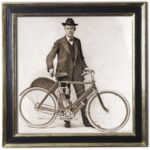
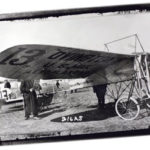

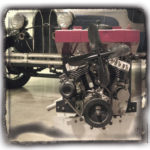
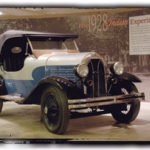

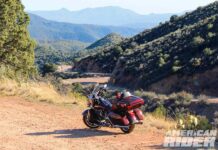


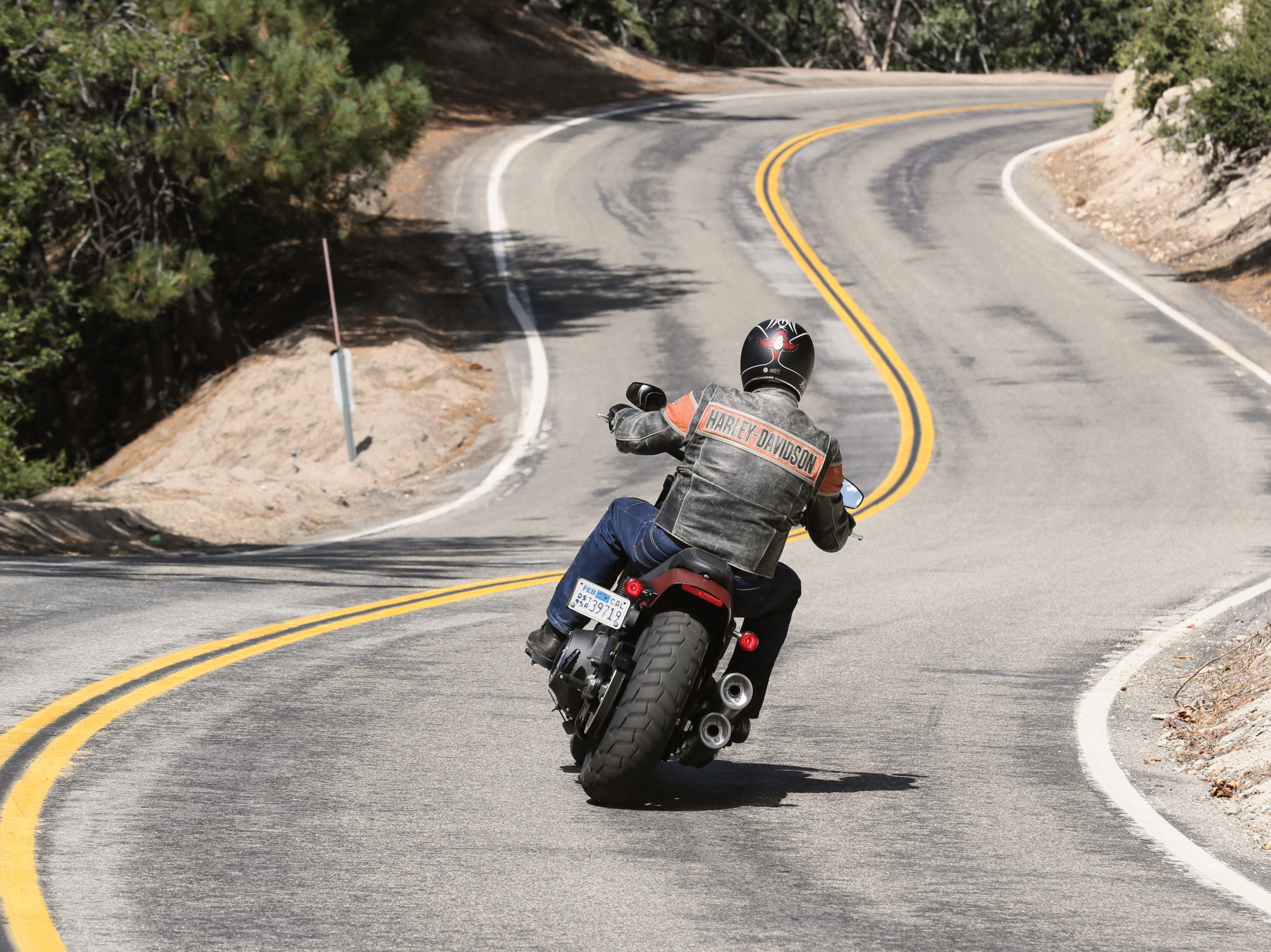
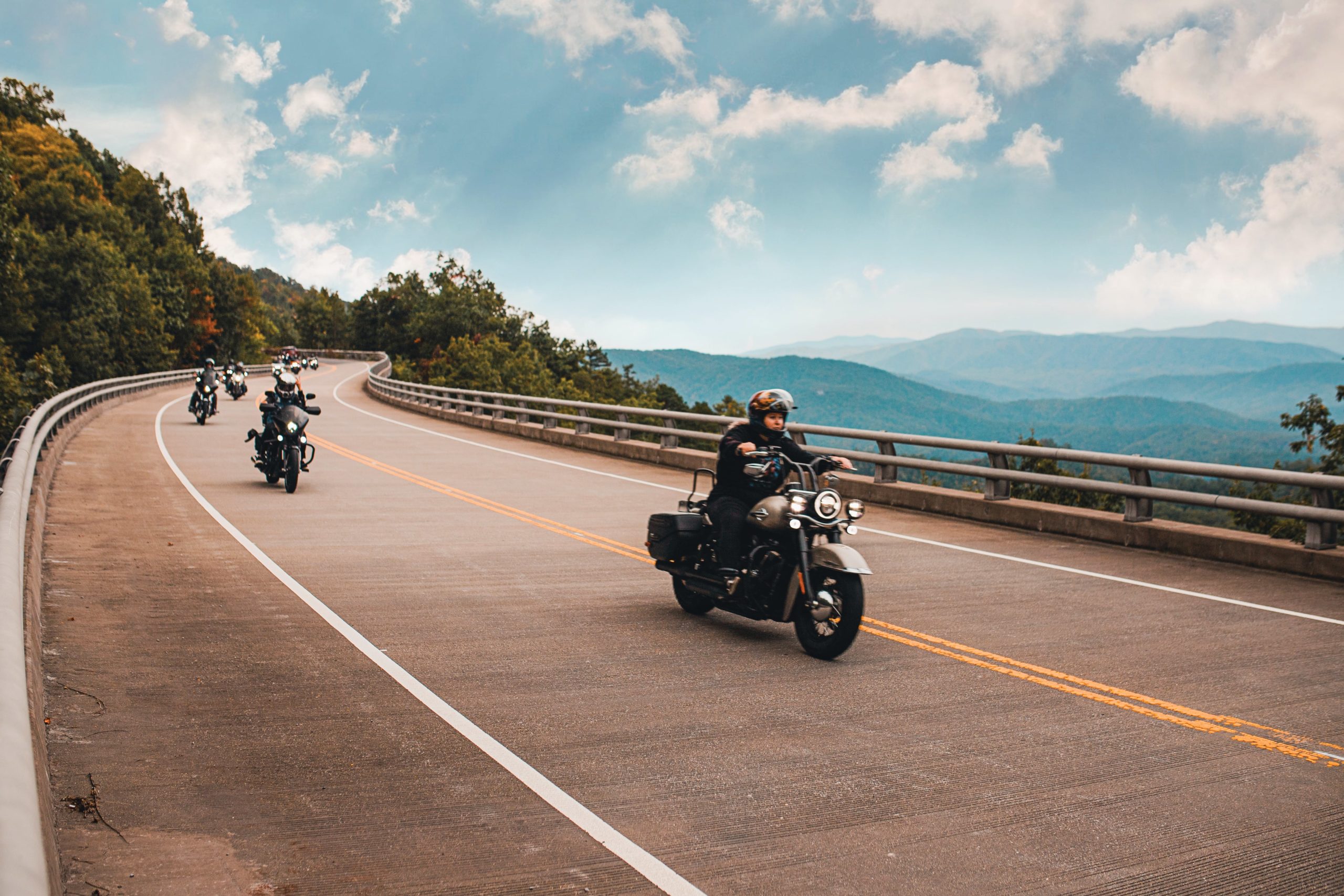









I have 2 full sets of Indian Shock Absorber from 1928 in near mint condition and original box. In Grand Rapids, MI
I have 2 sets of Indian AUTOMOBILE SHOCK ABSORBERS 1928 ORIGINAL BOX. ITS INTERESTING ISNT IT?